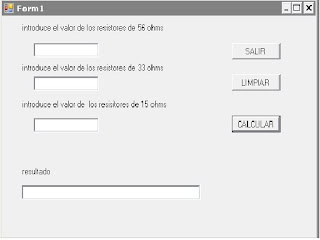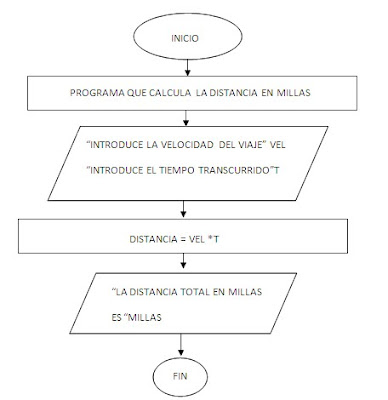
using System;
using System.Collections.Generic;
using System.ComponentModel;
using System.Data;
using System.Drawing;
using System.Linq;
using System.Text;
using System.Windows.Forms;
namespace WindowsFormsApplication1
{
public partial class Form1 : Form
{
public Form1()
{
InitializeComponent();
}
private void button1_Click(object sender, EventArgs e)
{
double primero, segundo, codigo, resultado;
primero = double.Parse(textBox1.Text);
segundo = double.Parse(textBox2.Text);
codigo = double.Parse(textBox3.Text);
if (codigo == 1)
{
resultado = primero + segundo;
textBox4.Text = resultado.ToString();
}
else if (codigo == 2)
{
resultado = primero - segundo;
textBox4.Text = resultado.ToString();
}
else if (codigo == 3)
{
resultado = primero * segundo;
textBox4.Text = resultado.ToString();
}
else if (codigo == 4)
{
if (segundo == 0)
{
MessageBox.Show("Error introduce el en el segundo numero un valor mayor a cero");
textBox2.Clear();
}
else if (segundo > 0)
{
resultado = primero / segundo;
textBox4.Text = resultado.ToString();
}
}
}
private void listBox1_SelectedIndexChanged(object sender, EventArgs e)
{
}
private void button2_Click_1(object sender, EventArgs e)
{textBox1.Clear();
textBox2.Clear();
textBox3.Clear();
textBox4.Clear();
}
private void button3_Click(object sender, EventArgs e)
{
Close();
}
}
}























